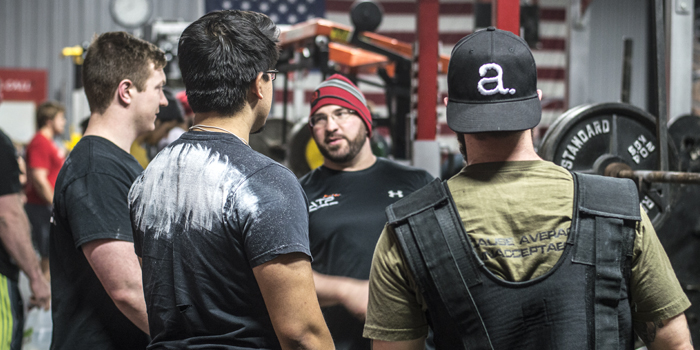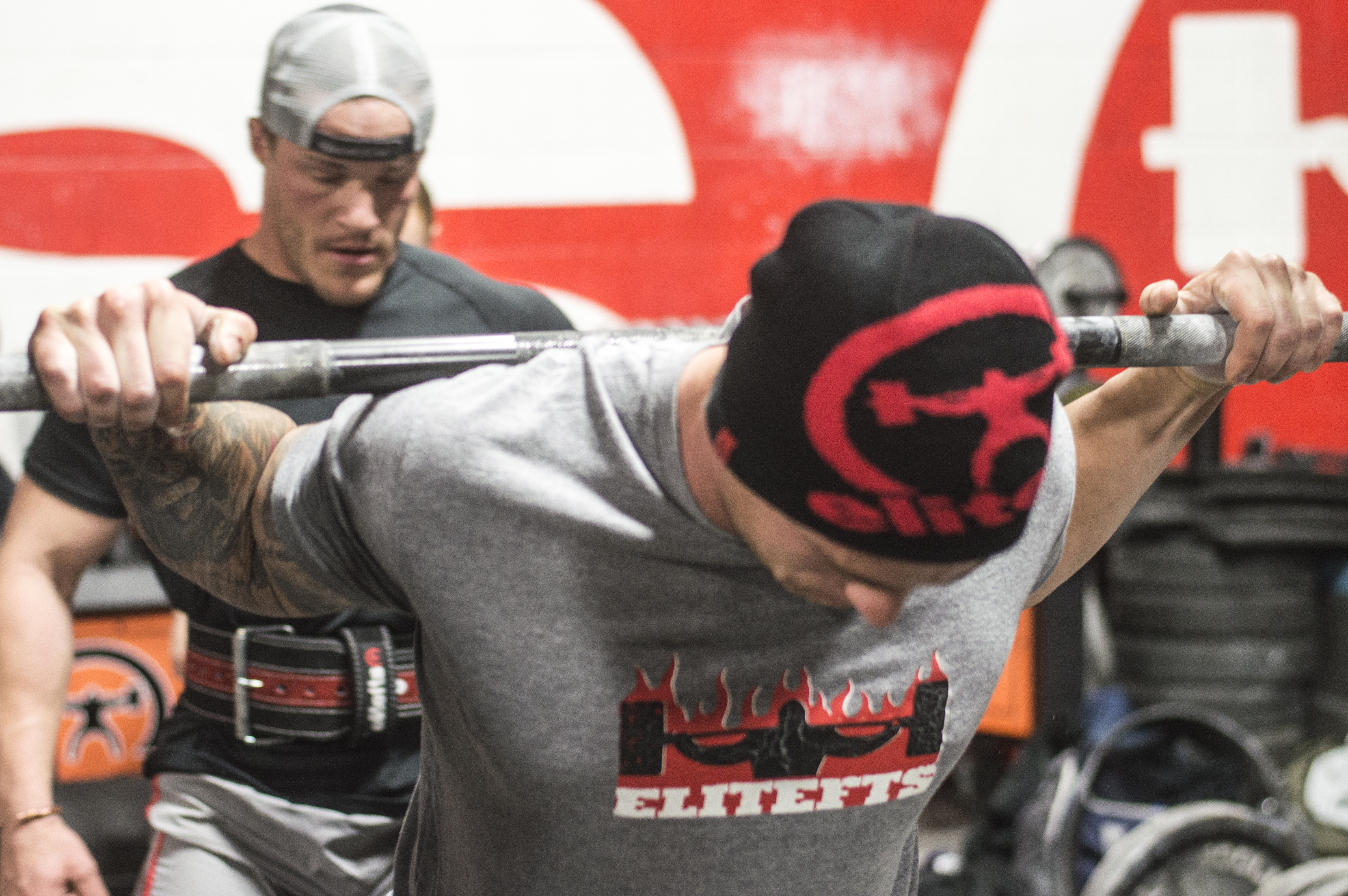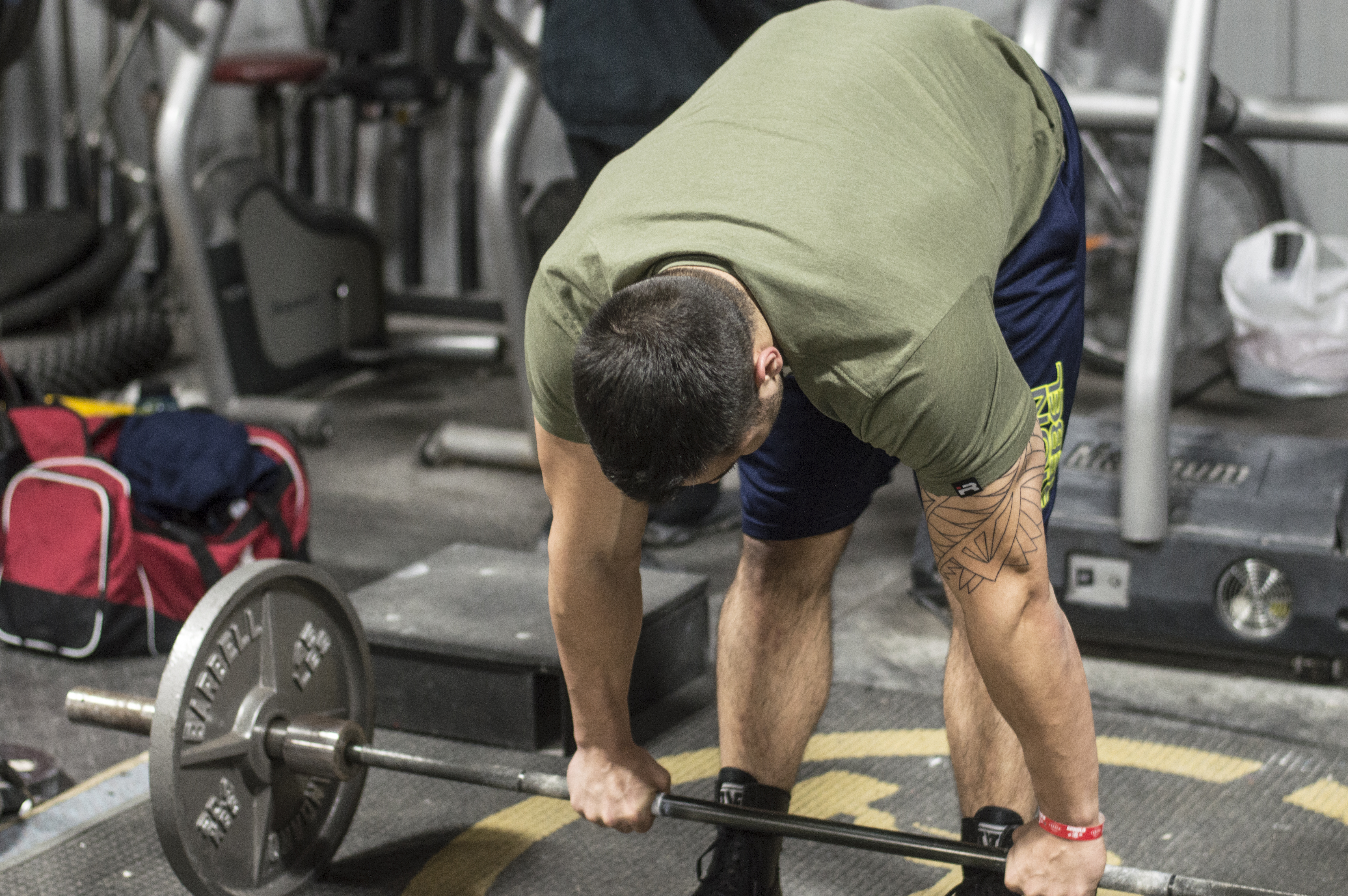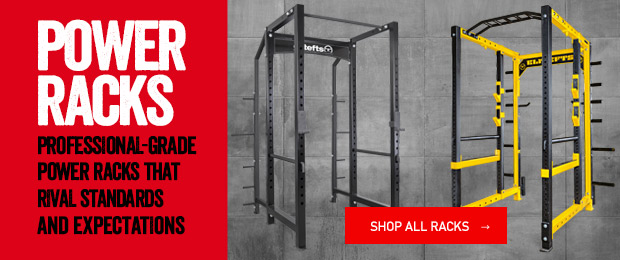
Walk into most high school and college weight rooms and observe the training sessions. Most of you will cringe at the mere sight. If you haven’t witnessed what I’m talking about, let me paint the picture for you.
There is usually one coach walking around a room full of 40-100 kids, depending on the program. Not one athlete really knows what they’re doing, and the coach is usually encouraging them to lift a weight heavier than their last weight which was too heavy to begin with. Some sets are truly hard to watch and the kids think they’re getting stronger; the coaches usually think the same. They're both usually wrong.
In fact, these athletes are actually increasing their injury potential due to the fact that they are not developing the muscles that are intended to be trained. Weights are too heavy and if they don’t get hurt in the weight room, they are at a higher risk of getting hurt on the field.
Now, this is certainly not to knock any coaches out there. Most guys aren’t even strength coaches. They are there because they are good, dedicated coaches that want to help their program succeed and do so by trying to take on the role of strength coach in addition to their other duties. They think they know a thing or two about training so they volunteer to put in the extra hours and “help out” in the weight room. Unfortunately, no matter how well-intentioned this is, it doesn't help the athletes. It might even make them worse.
RELATED: How To Develop Strength in Untrained Children
So I decided to write this article in hopes that high school and college coaches can point out the common mistakes seen in weight rooms across America. Here we go.
Mistake 1: Neglecting a Dynamic Warm-Up and Warm-up Sets
Most programs have their kids line up, do some static stretching for five minutes, and all of a sudden they are attempting a 1RM on the squat. Man, what a recipe for disaster. These guys are lucky their glutes don't rip off the bone and slap the floor like pieces of raw chicken.
- First off, a good dynamic warm-up is done for a variety of reasons. It will increase your heart rate and core temperature, improve flexibility and mobility, lubricate the joints, fire the muscle fibers, and also activate the central nervous system. Basically, this puts you in a more ready, safer state to train while simultaneously improving your mobility and flexibility. Mobility is something that is hardly ever addressed but is critical for keeping an athlete healthy and improving their strength and speed. Here is a quick example of a dynamic warm-up:
- Jumping Jacks x 30
- Prisoner Squats x 20
- Lunges x 10 each
- Frankenstein’s x 12 each
- Fire Hydrants x 5, each with a five-second hold at the top
- Ab Plank x 30 sec
- Push-Ups x 8
- Yes/No’s x 4 each way
- Shrug Circles x 12 each way
- Hip Circles x 12 each way
- Sprint or Sprint-in-Place x 10 yards or 3-5 econds
You can see how this is much different than the typical arm swings and toe touches. Those days are long gone. Start implementing a dynamic warm-up with your teams.
Next, it is vital to warm-up for your work sets. For example, if a kid is using 225 on a bench press for a set of 5, their warm-up sets should look something like this:
- Bar x 6
- 135 x 6
- 185 x 4
- 205 x 2
- 215 x 1
At this point, the athlete is now ready to perform his/her work set. The joints are lubricated, the muscles that are being trained are now activated, and the body can now recognize the work load being used. This will put the athlete in a stronger state. In addition, the chances of injury are significantly reduced.
Mistake 2: Improperly Teaching and Demonstrating Exercises
Most kids have no clue what a neutral spine is. They don’t know how to squat to parallel or deadlift with an arched back. They need to be taught systematically, not just thrown into a program. To do this efficiently with a high volume of athletes, thoroughly explain each exercise in your program for the first week or two with an extremely light weight. Just the bar on a squat, 135 or 95 if you have bumper plates on a deadlift. Remember that those weights might be heavy for some deconditioned, younger athletes. Try to individualize the best you can. Believe me, I know how difficult this can be with a lot of kids. You have to do your best to educate everyone properly. The best time for this is the first two weeks of off-season training. I get that you don’t want to “waste time” but trust me, this might be the most beneficial thing you can do for their training as a whole. If an athlete isn’t told to sit on their heels, shown what it looks like, and then feel what you’re talking about, they will just continue to work with shitty mechanics and movement patterns. Educate them on the importance of moving properly, demonstrate the exercise and have them do set after set with a very light workload. This will really help their progress in the weight room and on the field.
Mistake 3: Not Having a Bank of Alternative Exercises
Always keep in mind that some kids are weak as piss. Some are extremely tight, lack stability, and some have horrible motor skills. If you have worked in a high school or college weight room before, you have definitely dealt with trying to program for these kids alongside really strong, flexible, athletic kids. I’ve been there, and most of the time it is not practical to have different programs for different kids due to time constraints, scheduling, available equipment, facility size, and other factors. I have found it best to simply have alternative exercises set aside for the kids who have different needs.
LISTEN: The High School Strength Coach Podcasts
For example, if you have a younger athlete whose heels are coming off the floor during a squat, who cannot reach full ROM, and is dropping their chest, a barbell squat is probably not the best option for them. However, a goblet squat is a great alternative that can help strengthen the musculature and teach mechanics of the movement in a much more practical, safer way. This way, everyone is still working on the squat and these guys are just using a different variation that will benefit them more for the time being.
Mistake 4: Not Having a Plan/Program
I get it — most coaches that are in the weight room are not strength coaches. I’m not saying you need to know all the details of conjugate or linear periodization (although that would be extremely helpful). I’m saying that you shouldn’t just be “winging it” for the day, or giving your athletes some bodybuilding split you found in an issue of Men’s Health. There needs to be some type of structure to your program. Please don’t just pick a handful of exercises and write them on a white board. There is no way to measure progress that way. Do some research and come up with a well thought-out plan. It’s no different than walking onto the field with no preparation or game plan. We all know that’s a recipe for disaster. Remember, if you fail to plan, you plan to fail.
Mistake 5: Allowing Athletes to Lift too Heavy
I am all for working hard. In fact, that is an absolute necessity. However, there is a huge difference between working hard and using a weight that the athlete cannot truly handle.
Here are a few examples:
- If an athlete cannot get full range of motion with a weight being used for all of the prescribed reps, the weight is too heavy.
- If you prescribe a set of 10-12 and the athlete struggles for a set of six, the weight is too heavy.
- If the bench press spotter has to touch the bar at all on the way up, the weight is too heavy.
- If you cannot deadlift a weight and maintain a neutral spine, the weight is too heavy.
Sounds simple, I know. But believe me, this is the type of shit you will absolutely encounter. Remember, kids will always want to go heavier. They want to keep up with the stronger kids and convince themselves that they are stronger than they are. That usually ends disastrously. It’s our job as coaches to remind them to check their egos at the door.
Mistake 6: Doing Conditioning Prior to Weight Training
Far too often, coaches will run their athletes into the ground and then have them immediately walk in the weight room to train. That is leaving your athletes in a weakened state with depleted glycogen stores right before they train. If you have trained high school or college kids before, you know they probably haven’t eaten anything yet that day (regardless of your constant efforts) so you can imagine how detrimental this can be to their strength and hypertrophy production. Save the conditioning for separate days or after their strength work. You will notice significant increases in performance.
There are certainly more mistakes that go along with high school and college weight rooms. However, from my experiences, these six mistakes listed above need to be immediately intervened not only to help improve your athlete’s strength, speed, and power production, but to keep them healthy!
Coaches, you obviously don’t want your athletes getting hurt. We all have the same goals in mind so please, do your research and educate yourselves if you’re unsure how to teach and coach a particular movement or exercise. This alone can be the difference in keeping your athlete strong and healthy or suffering a catastrophic injury. I think I can speak for all of us by saying nobody wants that to happen under our watch.
I hope this article helps a lot of coaches out there that are confused about strength training. If you guys liked this post, please check out my other articles on elitefts.com or my website at tutelatraining.com (you can also subscribe for free).
Chris Tutela is a strength and conditioning coach in Clark, New Jersey. He is the owner and operator of Tutela Training Systems, where he trains mainly athletes and some regular people. He has multiple years experience as a strength coach at the high school level as well a professionally in the private sector.











